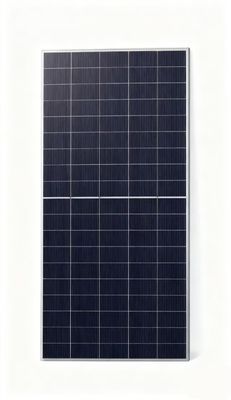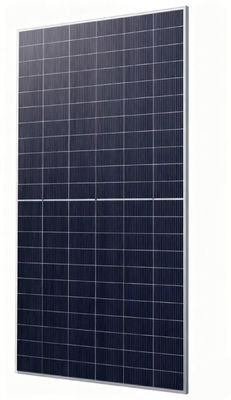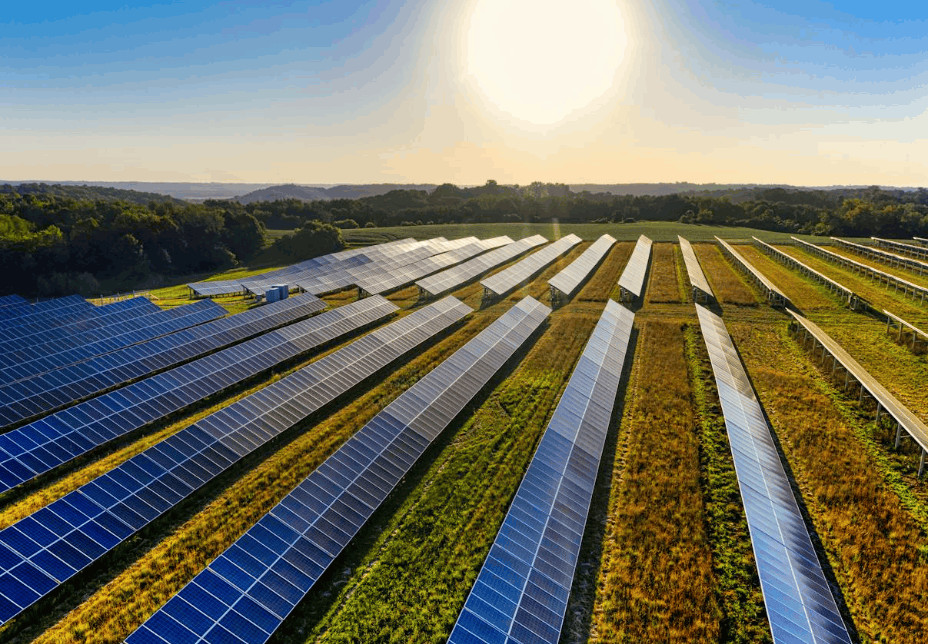715W Bifacial Dual Glass Solar Module: Advanced Anti-PID Technology for Maximum Long-Term Reliability
Experience unprecedented long-term performance with our 715W Bifacial Dual Glass Solar Module, specifically engineered to combat Potential Induced Degradation (PID) and ensure consistent power output throughout its operational lifetime. This advanced solar solution incorporates specialized glass-glass encapsulation and cell technology that virtually eliminates PID effects, making it the ideal choice for high-voltage systems and installations in high-humidity environments. With its 715W power rating and exceptional 23.02% efficiency, this module delivers not only impressive initial performance but also guaranteed long-term reliability that protects your investment against performance degradation.
The module's core innovation lies in its advanced anti-PID technology, achieved through specialized cell processing and the unique dual-glass construction that creates a barrier against electrical potential stress. This technology ensures that the module maintains over 95% of its original power output even after 25 years of operation, providing exceptional value for utility-scale projects and commercial installations where long-term performance is critical. The hermetic glass-glass encapsulation prevents moisture ingress and electrochemical corrosion, which are primary contributors to PID in conventional solar modules.
Key technological advantages include:
-
Specialized anti-PID cell technology that withstands high system voltages up to 1500V DC
-
Complete moisture barrier through dual-glass construction with edge sealing technology
-
Enhanced surface passivation that minimizes leakage currents and voltage-induced degradation
-
Proven PID resistance tested under rigorous conditions of 85°C temperature and 85% relative humidity
The module delivers 715W of guaranteed long-term power with industry-leading 23.02% conversion efficiency. The sophisticated bifacial design with 80% bifaciality enables additional energy harvest from rear-side illumination, potentially boosting output to 772.4W under standard test conditions. The optimized electrical characteristics including 40.65V Vmp and 17.59A Imp ensure perfect compatibility with modern string inverters while maintaining safe operating margins.

Performance and Reliability Features:
-
Superior PID Resistance: Advanced cell technology and glass-glass construction ensure minimal power degradation in high-voltage and high-humidity conditions
-
Enhanced Long-Term Yield: Maintains higher power output over the module's lifetime, significantly improving return on investment
-
Optimized Bifacial Performance: 80% bifaciality delivers consistent additional energy gains in various installation environments
-
Excellent Temperature Coefficient: -0.29%/°C temperature coefficient ensures stable performance in high-temperature conditions
-
Robust Mechanical Design: 2400Pa wind load and 5400Pa snow load capacity for demanding environmental conditions
Ideal Application Scenarios:
This 715W anti-PID bifacial module is specifically designed for projects requiring guaranteed long-term performance:
-
Large-Scale Solar Farms: Perfect for utility-scale projects where system voltages reach 1500V and long-term reliability is essential
-
High-Humidity Climate Installations: Excellent for tropical regions, coastal areas, and locations with frequent rainfall where moisture-induced degradation is a concern
-
Commercial Rooftop Systems: Ideal for industrial buildings and commercial facilities where system downtime must be minimized
-
Government and Institutional Projects: Suitable for public sector projects requiring proven long-term performance and reliability
Frequently Asked Questions (FAQ):
-
Q: What is PID and why is anti-PID technology important?
-
Q: How does the anti-PID feature benefit my solar investment?
-
Q: Are these modules suitable for high-humidity coastal environments?
-
Q: What testing has been done to verify the anti-PID performance?
-
A: The modules undergo rigorous PID testing under conditions of 85°C temperature, 85% relative humidity, and -1000V system voltage for 96 hours, demonstrating minimal power degradation.
Installation and System Design Considerations:
Professional installation following manufacturer guidelines is essential to maintain the anti-PID properties. Ensure proper system grounding and use compatible mounting systems that don't compromise the module's electrical isolation. Regular monitoring of system performance is recommended to verify long-term operation. For optimal anti-PID performance, maintain clean module surfaces and ensure proper ventilation to prevent moisture accumulation.
Technical Specifications







 Your message must be between 20-3,000 characters!
Your message must be between 20-3,000 characters! Please check your E-mail!
Please check your E-mail!  Your message must be between 20-3,000 characters!
Your message must be between 20-3,000 characters! Please check your E-mail!
Please check your E-mail! 










